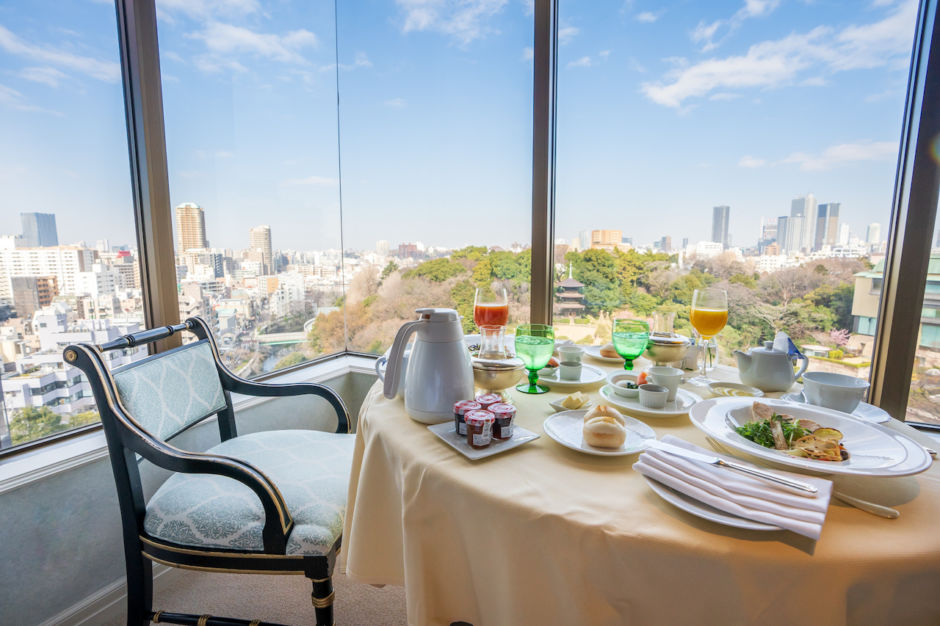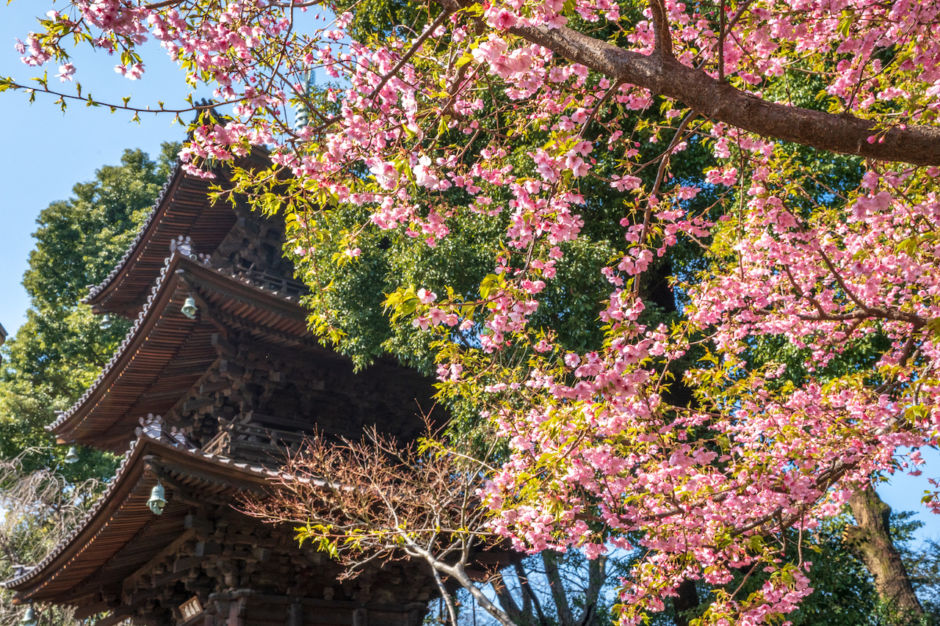Last winter, we spent seven weeks in Japan, starting the journey in the snowy, upper edge of Hokkaido, Japan’s northernmost island. We explored stunning ski areas, stayed in cozy ryokans, and soaked in steamy onsens. From there, we headed to the main island of Honshu, ending our fantastic trip as the earliest signs of spring emerged.
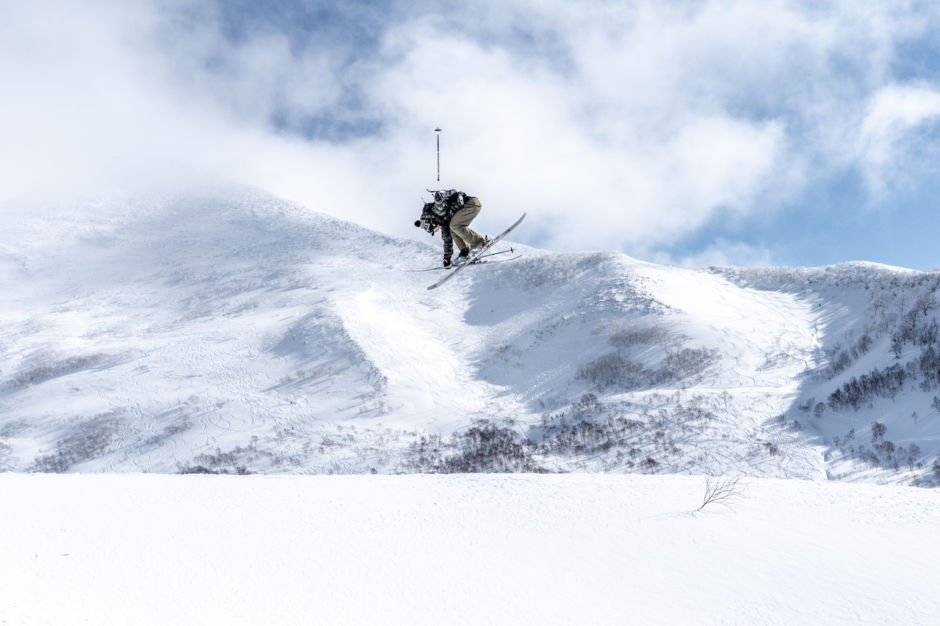
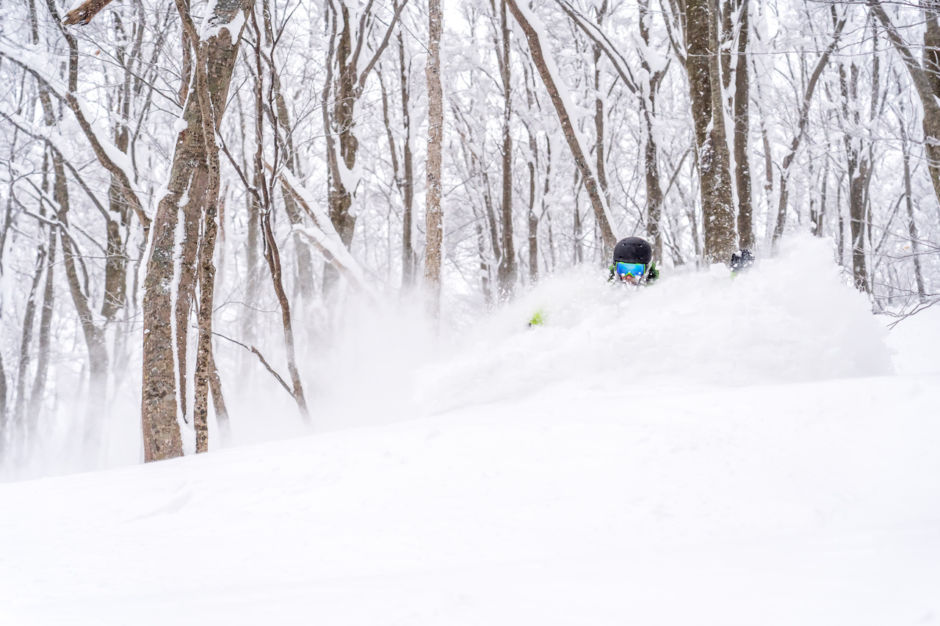
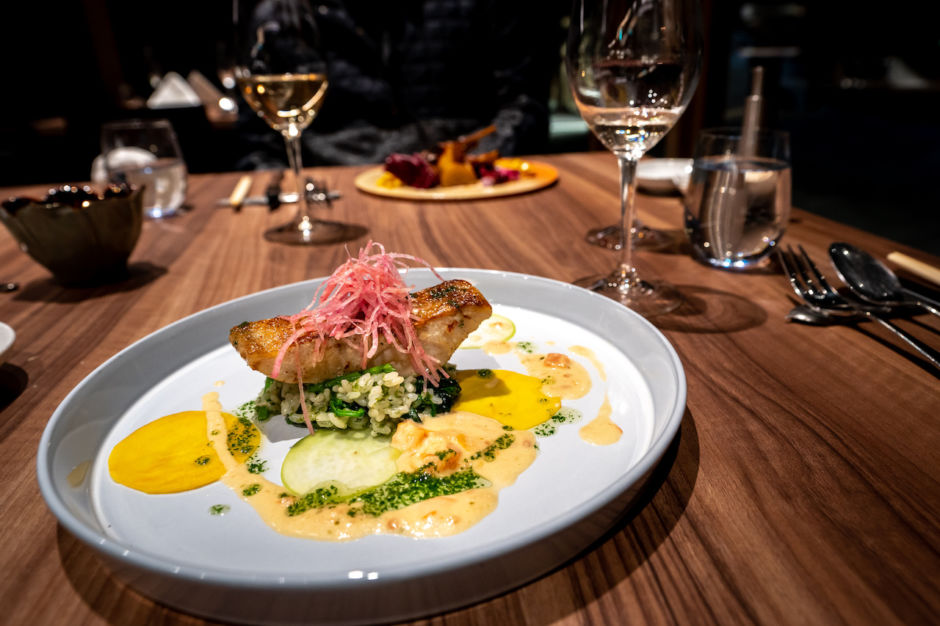
Intermission



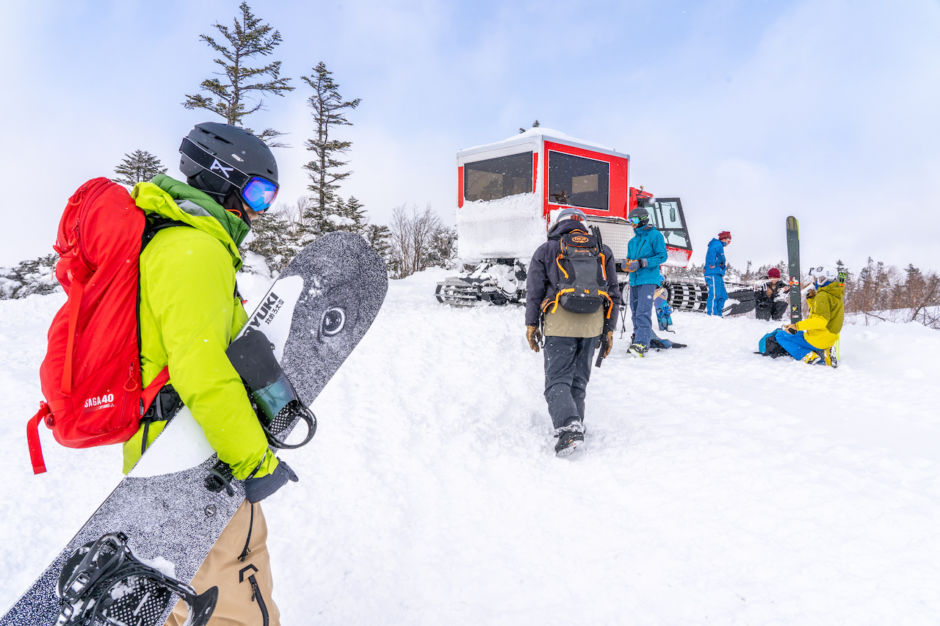
Intermission
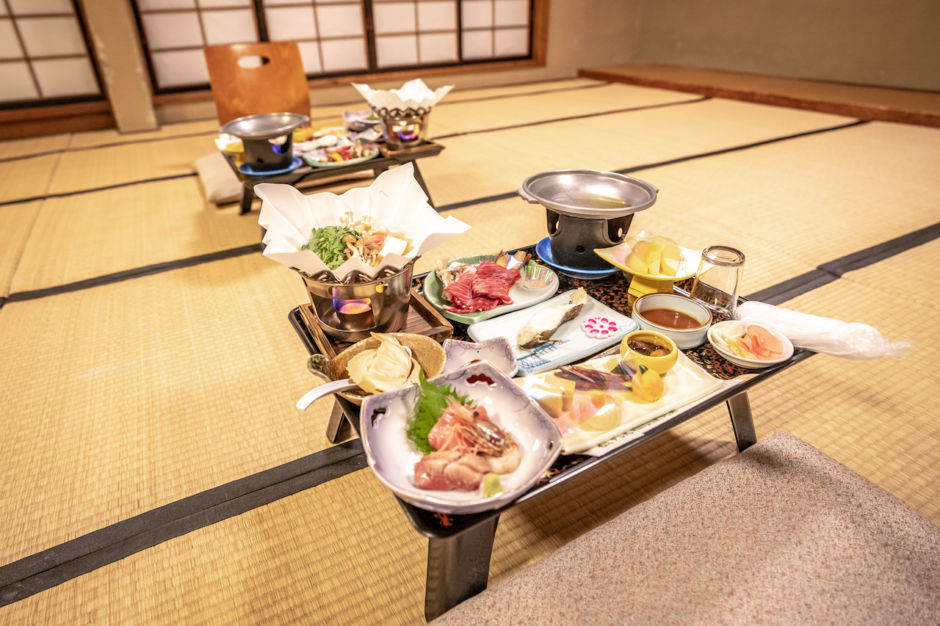
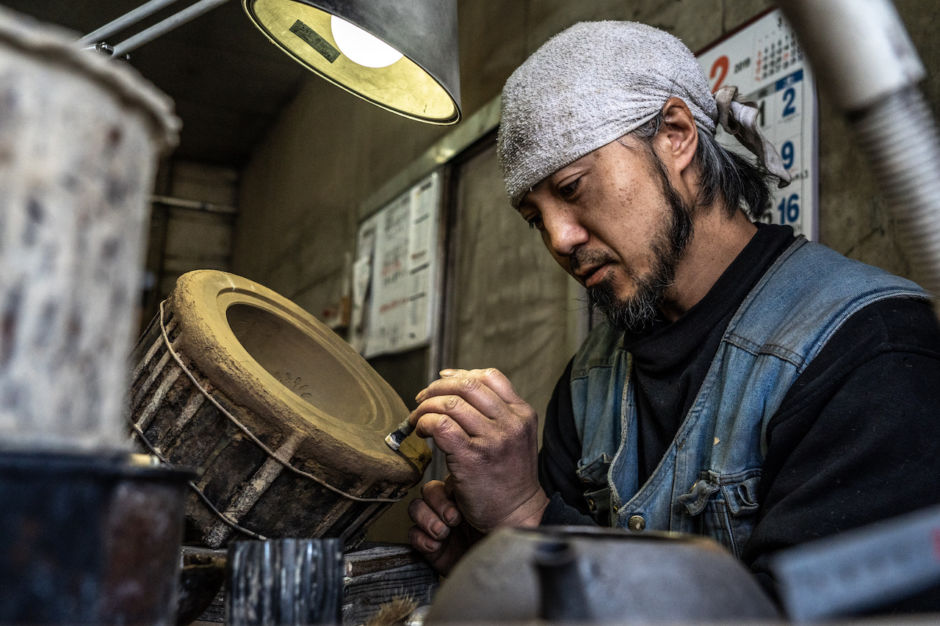

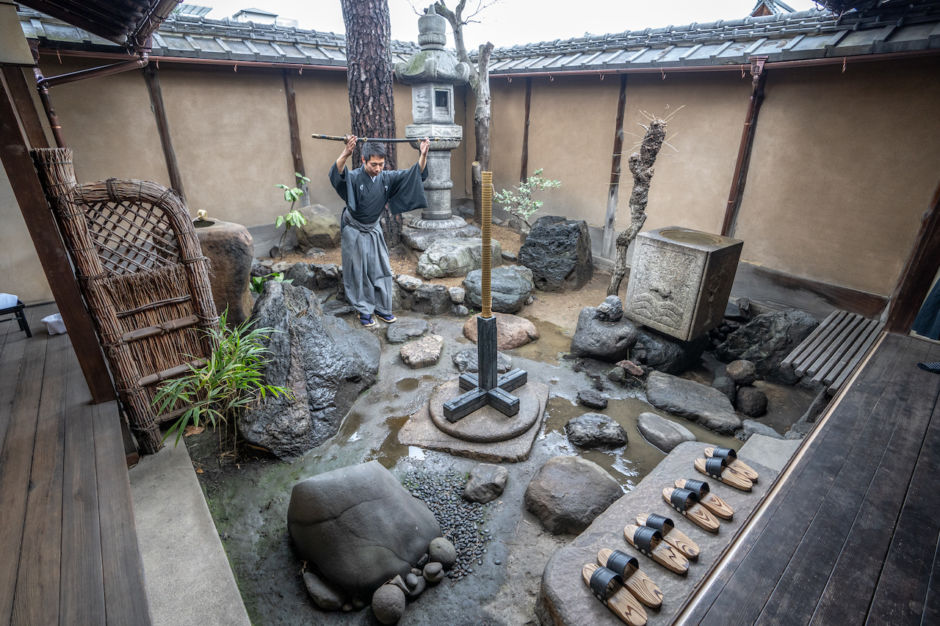
Intermission

